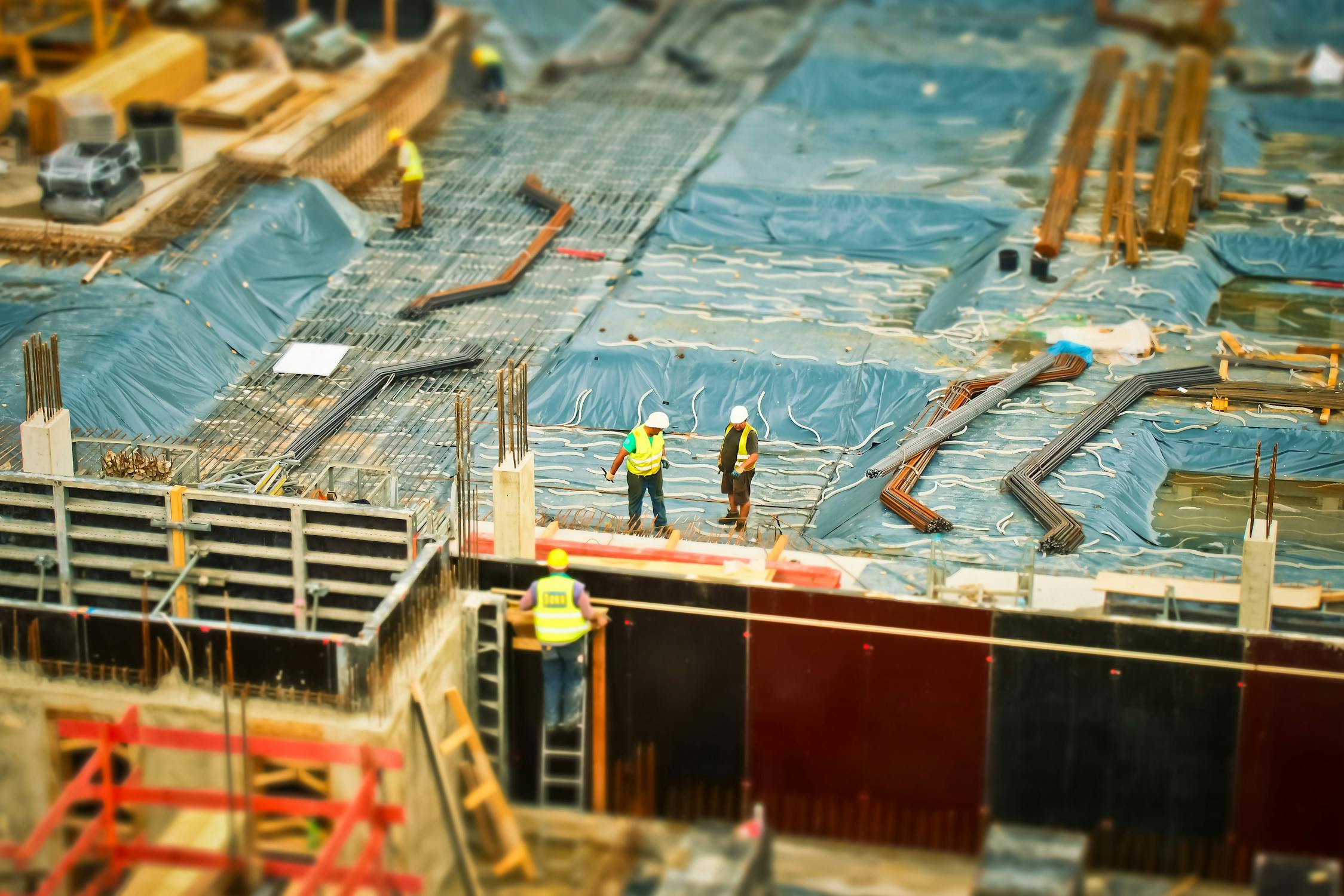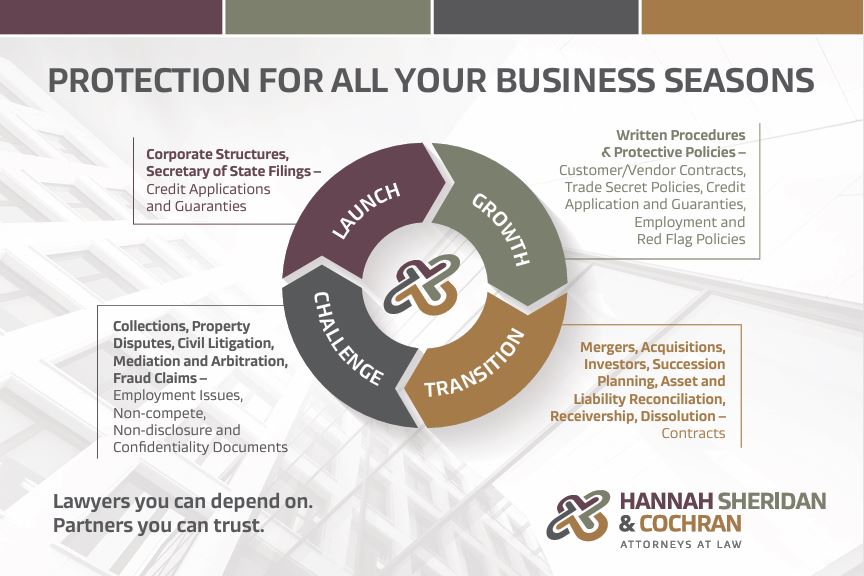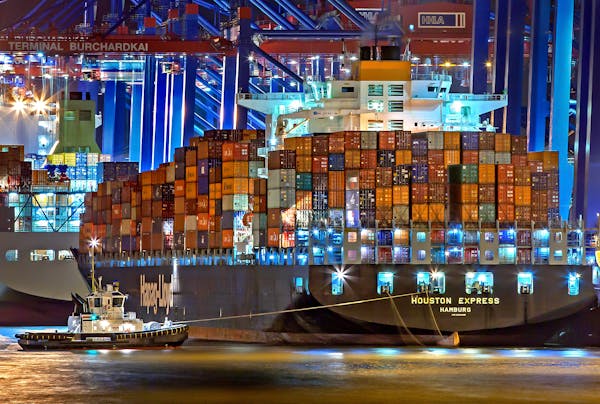In an uncertain and ever-changing economic landscape, businesses are motivated to protect their economic interests,…

Economic Headwinds: Practical Immigration Law Tips for an Employer
Introduction
In continuing our recent Economic Headwinds series, we now turn our attention to immigration in the construction industry. For construction companies operating in North Carolina, navigating immigration compliance presents significant challenges in today’s complex regulatory environment. The construction industry has historically relied heavily on immigrant labor, with Pew Research Center showing that, as of the end of 2024, immigrants comprised approximately 26% or more of the construction workforce nationwide.1 This may be even higher in specialized trades like drywall installation, roofing, and concrete work.
As immigration policies evolve and enforcement priorities shift, construction employers must balance workforce needs with legal compliance obligations. This article aims to provide practical guidance for construction companies seeking to manage immigration-related risks while maintaining productive operations.
Current Landscape
Industry Statistics
Labor shortages are no stranger to the construction industry and these shortages have continued from 2024 through 2025. Even as construction spending slows and the average age of workers drops, according to data from Associated Builders and Contractors (ABC), the industry is still expected to need an additional 439,000 workers in 2025 alone to meet labor demands.2 A substantial portion of the current construction workforce consists of foreign-born workers, both documented and undocumented. Undocumented workers account for approximately 13% of the construction labor force nationwide, and in North Carolina, roughly a third of immigrant workers are estimated to be undocumented.3, 4
Legal Framework
Construction employers must navigate several key federal laws governing immigration compliance:
- Immigration Reform and Control Act (IRCA): Requires employers to verify identity and work eligibility for all employees through the Form I-9 process
- E-Verify: A web-based system that electronically verifies employment eligibility
- Immigration and Nationality Act (INA): Establishes various visa categories for temporary and permanent workers
- Immigration and Customs Enforcement (ICE): Authorized to conduct workplace investigations and enforce immigration laws
Key Compliance Issues for Construction Employers
Form I-9 Compliance
The Form I-9 remains the cornerstone of employer immigration compliance. Construction employers must:
- Complete Form I-9 for every employee, regardless of citizenship or national origin
- Verify identity and employment authorization documents within strict timeframes
- Properly store and maintain I-9 records for the duration of employment plus one year, or three years after hiring, whichever is longer
- Conduct periodic internal audits to identify and correct deficiencies
Common I-9 mistakes in the construction industry include:
- Accepting obviously fraudulent documents
- Failing to complete forms within required timeframes
- Improper correction of errors
- Inconsistent verification procedures across multiple job sites
- Incomplete or missing forms for short-term workers
E-Verify in North Carolina
North Carolina law requires E-Verify use for all employers with 25 or more employees. Construction companies must:
- Enroll in E-Verify upon reaching the employee threshold
- Verify all new hires through the system within three business days of employment
- Maintain records of verification
- Be aware that E-Verify is separate from and does not replace Form I-9 requirements
Contractor/Subcontractor Relationships
A particularly challenging area for general contractors involves liability for the immigration practices of subcontractors. While there is no automatic liability, companies may face issues when:
- They have actual knowledge of a subcontractor’s unauthorized workers
- They exercise sufficient control over a subcontractor’s hiring practices
- They are deemed to be joint employers under labor law standards
Best Practices for Construction Companies
Develop a Comprehensive Compliance Program
Effective immigration compliance in construction requires a systematic approach:
- Written Policies and Procedures: Develop clear, written protocols for verification, document retention, and handling suspected fraud.
- Training: Ensure that all personnel involved in the hiring process receive regular training on I-9 requirements, document review, and non-discrimination provisions.
- Centralized Oversight: Designate specific individuals responsible for immigration compliance, particularly for companies with multiple job sites.
- Regular Self-Audits: Conduct periodic internal reviews of I-9 documentation to identify and address issues before they become the subject of government enforcement.
- Subcontractor Management: Implement protocols for verifying subcontractor compliance, such as certification requirements in contracts.
Legal Worker Programs
Construction companies seeking legal workers have several pathways to consider:
- H-2B Visa Program: Allows for temporary, seasonal non-agricultural workers. While limited by annual caps, these visas can provide a legal source of labor for seasonal construction needs.
- TN Visas: Under NAFTA’s successor agreement (USMCA), qualified Canadian and Mexican professionals in certain categories can work in the U.S.
- Permanent Residence Options: For long-term workers, employers can sponsor permanent residence through labor certification processes, though these require significant planning and lead time.
Responding to Government Investigations
If your construction company faces an ICE audit or investigation, the company should:
- Contact Legal Counsel Immediately: Immigration enforcement actions require specialized legal representation.
- Understand Your Rights: Companies have certain rights during investigations, including reasonable time to produce documents.
- Cooperate Professionally: While asserting your rights, maintain a cooperative and professional demeanor with investigating agents.
- Prepare for Workforce Disruption: Have contingency plans ready if investigations result in the loss of workers.
Construction Industry Advocacy
Many construction trade associations are actively engaged in advocacy for immigration reform that addresses industry workforce needs. Employers may consider:
- Participating in industry advocacy groups
- Engaging with lawmakers on construction workforce issues
- Supporting practical solutions that balance enforcement with labor market realities
Conclusion
Immigration compliance presents significant challenges for North Carolina construction companies, but with proper planning and systems, these challenges can be managed effectively. By implementing comprehensive compliance programs, exploring legal pathways for foreign workers, and staying informed about changing requirements, construction employers can reduce risks while addressing their workforce needs.
4. https://ncbudget.org/wp-content/uploads/2023/06/50-State_Earning-NORTH-CAROLINA.pdf
Disclaimer: This article is intended for informational purposes only and does not constitute legal advice. Laws and regulations change frequently, and individual circumstances vary. Consult with an attorney regarding your specific situation.


